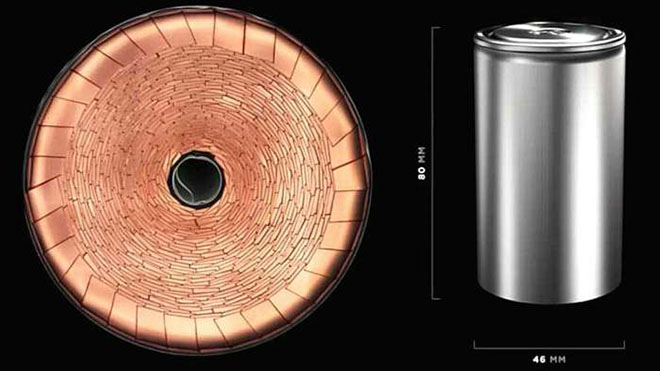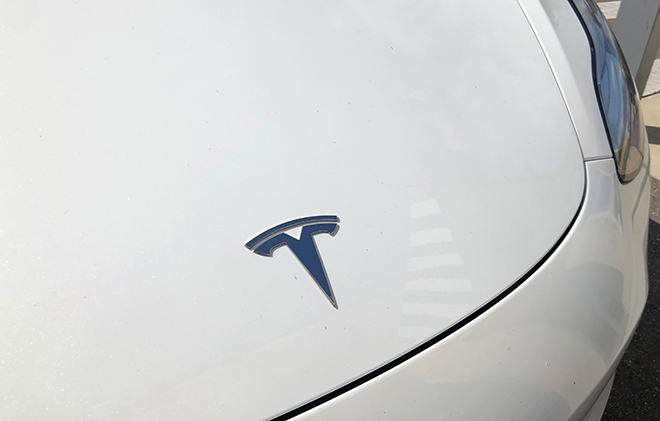The headline figure of Tesla’s second-quarter 2021 earnings report was a blockbuster: $1.1 billion in GAAP net income, a new record for the company and an astounding success for a young automaker. The milestone was reached thanks to the soaring sales of Models 3 and Y—the former is now outselling many gas burners in several key markets.
Most of the other financials look pretty darn good too: almost $12 billion in revenue and $1.45 profit per share (non-GAAP). That makes eight quarters in a row in which Tesla has turned a profit. The company reported a healthy 11% operating margin, and a very impressive automotive gross margin of 28.4%. (This is the amount of income the company earns from every vehicle sold.)
However, as rosy as the current sales picture looks, there are dark clouds hovering over a couple of key future projects, and Elon Musk is well aware of them. “If you look at history, often, the seeds of defeat are sown on the day of victory,” he said during the earnings conference call. “We will endeavor not to make that the case at Tesla.”
Tesla has two potentially game-changing vehicles in the pipeline, but it’s now apparent that production of both will be pushed into next year, and for the first time in its history, Tesla has competitors waiting to eat its lunch if it doesn’t get the new models on the table soon.
Tesla has said that its Cybertruck electric pickup truck would make it to market by the end of 2021. Despite pointed questions from at least two analysts on the earnings call, the automaker did not confirm this target. All Tesla would say in its shareholder letter was, “We are also making progress on the industrialization of Cybertruck, which is currently planned for Austin production subsequent to Model Y.”

The company did confirm that Model Y production at Gigafactory Texas is planned to start “by the end of the year,” and it released some photos that appear to show Model Y bodies being built there. Electrek reports that drone flyovers of the Texas Gig show “a lot of work happening inside of the Model Y section of the factory under construction, while the Cybertruck section appears to still be mostly empty inside.”
When asked directly about Cybertruck production during the conference call, Lars Moravy, VP of Vehicle Engineering, said, “Cybertruck is at a stage where we finished basic engineering of the architecture of the vehicle. With the Cybertruck, we are redefining how a vehicle is being made. As Elon said, it carries much of the structural pack and large casting design of the Model Y being built in Berlin and Austin. Obviously, those take priority over the Cybertruck, but we are moving into the beta phases of Cybertruck later this year and we will be looking to ramp up production at Giga Texas after Model Y is up and running.”
When it comes to the Semi, Tesla didn’t dance around the bad news. Recently, following reports that the automaker had completed the Semi’s drive axle production line, media outlets (including Charged) were asking the automotive question, Will the game-changing Tesla Semi really go into production this year?
The answer is no. “We believe we remain on track to build our first Model Y vehicles in Berlin and Austin in 2021…To better focus on these factories, and due to the limited availability of battery cells and global supply chain challenges, we have shifted the launch of the Semi truck program to 2022,” reads the shareholder letter.

Tesla has (ahem) missed vehicle launch dates before, putting the company in danger of running out of cash before customer deliveries began. Fortunately, that’s no longer an issue—the company reported $619 million in free cash flow for Q2, and has “sufficient liquidity to fund our product roadmap, long-term capacity expansion plans and other expenses.” However, Tesla now faces a different problem: losing its first-mover advantage. Several manufacturers, including Volvo, Lion, BYD and Daimler, have electric Class 8 trucks on the road, at least in pilot operations. Hyundai has 50 fuel cell trucks in trials with fleet customers in Switzerland, and just announced plans to bring some to California.
Tesla’s new 4680 battery cell is considered a key part of its plans for all the new models, and the company reported steady progress on that front. “We have successfully validated performance and lifetime of our 4680 cells produced at our Kato facility in California. We are nearing the end of manufacturing validation at Kato: field quality and yield are at viable levels and our focus is now on improving the 10% of manufacturing processes that currently bottleneck production output. While substantial progress has been made, we still have work ahead of us before we can achieve volume production. Internal crash testing of our structural pack architecture with a single-piece front casting has been successful.”

Many in the media were impressed with Tesla’s billion-dollar beat, but Wall Street was not. The day after the earnings announcement, TSLA shares were bobbing around 2 to 3% below the previous close, despite the fact that the company handily beat stock analysts’ forecasted figures (it reported $11.958 billion in revenue and a $1.45 in profit per share; analysts were predicting up to $11.6 billion and $1.01). Conventional wisdom is that when a company reports better numbers than analysts were expecting (a beat), the stock goes up. This logic has never applied to Tesla, which is expected to exceed expectations, as it were. However, it’s probably the Semi and Cybertruck delays that caused the stock to slip—massive, rapid growth is baked into TSLA’s lofty price, so investors have little stomach for delays, however much they’re gotten used to them.
Sources: Tesla, Electrek (Cybertruck, Semi, 4680 cells), InsideEVs, EVannex



















































